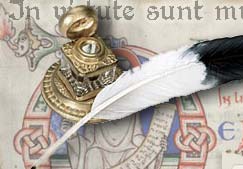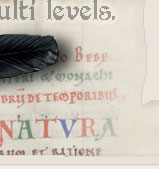0517091307 08082615 241310 0501141213040914 1315090324
becomes
"Every good boy deserves fudge."
The first double digit directly becomes the first letter, the second double digit is the number of letters you have to move forward form the first letter, and the third double digit is the number of letters you have to move forward from the second *decoded* letter. If close to the end, just loop back around to A.







